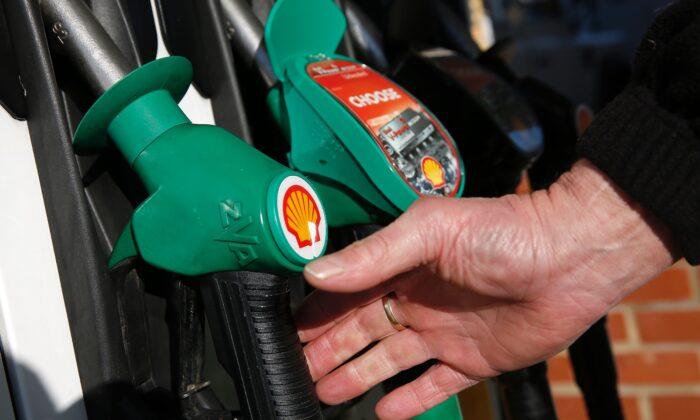New fuel quality and noxious emission standards will save $6.1 billion in health and fuel costs by 2040, the federal government claims.
The changes start from 2025, and aim to lower noxious emissions from light vehicles, which will limit the sale of heavy polluting cars and trucks.
The changes will allow Australia to adopt the “Euro 6d” noxious emissions standards, and remove almost 18 million tonnes of greenhouse gas emissions from the transport sector by 2050, “lowering the harmful effects of noxious vehicle emissions on public health and protecting Australians from strokes, cancers and respiratory illnesses.”
This brings Australia in line with 80 percent of the global car market, including the United States, Canada, the EU, the United Kingdom, Japan, China, Korea and India.
“These updates to our vehicle standards will see almost 18 million tonnes of greenhouse gas emissions cut from the transport sector by 2050—equivalent to taking 280 000 cars off the road,” said Minister for Climate Change and Energy Chris Bowen.
New versions of new cars—including SUVs and light commercial vehicles—sold from December 2025 will need to comply with Euro 6d noxious emissions standards, and new vehicles from existing lines in 2028.
Changing Fuel Quality
Another change will reduce the level of aromatic hydrocarbons to a maximum of 35 percent in 95 RON (research octane number) petrol.The paper listed skin, lung, pancreas, oesophagus, bladder, colon, and female breast cancers as the potential risks of long-term exposure, along with increased risk of cardiovascular disease.
Noxious vehicle emissions contributed to more than 1,700 deaths in Australia in 2015—42 percent more than the road fatalities for that year.
A University of Melbourne study also found that more than 11,000 Australians die prematurely every year from transport emissions, while 19,000 people are hospitalised for heart and lung issues.
The government says the new standards will increase access to cleaner and more fuel-efficient vehicles in Australia, strengthen the country’s fuel security and lower greenhouse gas emissions from the transport sector.
All vehicles will be able to use the new 95 RON petrol.
The existing 91 and 98 RON petrol grades (which comprise 88 percent of Australia’s petrol use) and diesel will be unaffected.
As a result, motorists can expect an increase of $8 per year—or 15 cents a week—for an average passenger vehicle running on 95 RON grade petrol. Light commercial vehicles can expect a $13 yearly increase.
The Department of Climate Change, Energy, the Environment and Water said, “The cost is more than offset by the benefits of this initiative, including the import of more fuel-efficient vehicles and health savings.”
To simplify the change for fuel suppliers and customers, the government also said it would align the previously announced reduction in sulfur limits for all petrol with the new, strengthened aromatics limits.
Petrol supplied from December 2025 will need to comply with the new standard. The Department said this would simplify the transition for both fuel suppliers and consumers.






